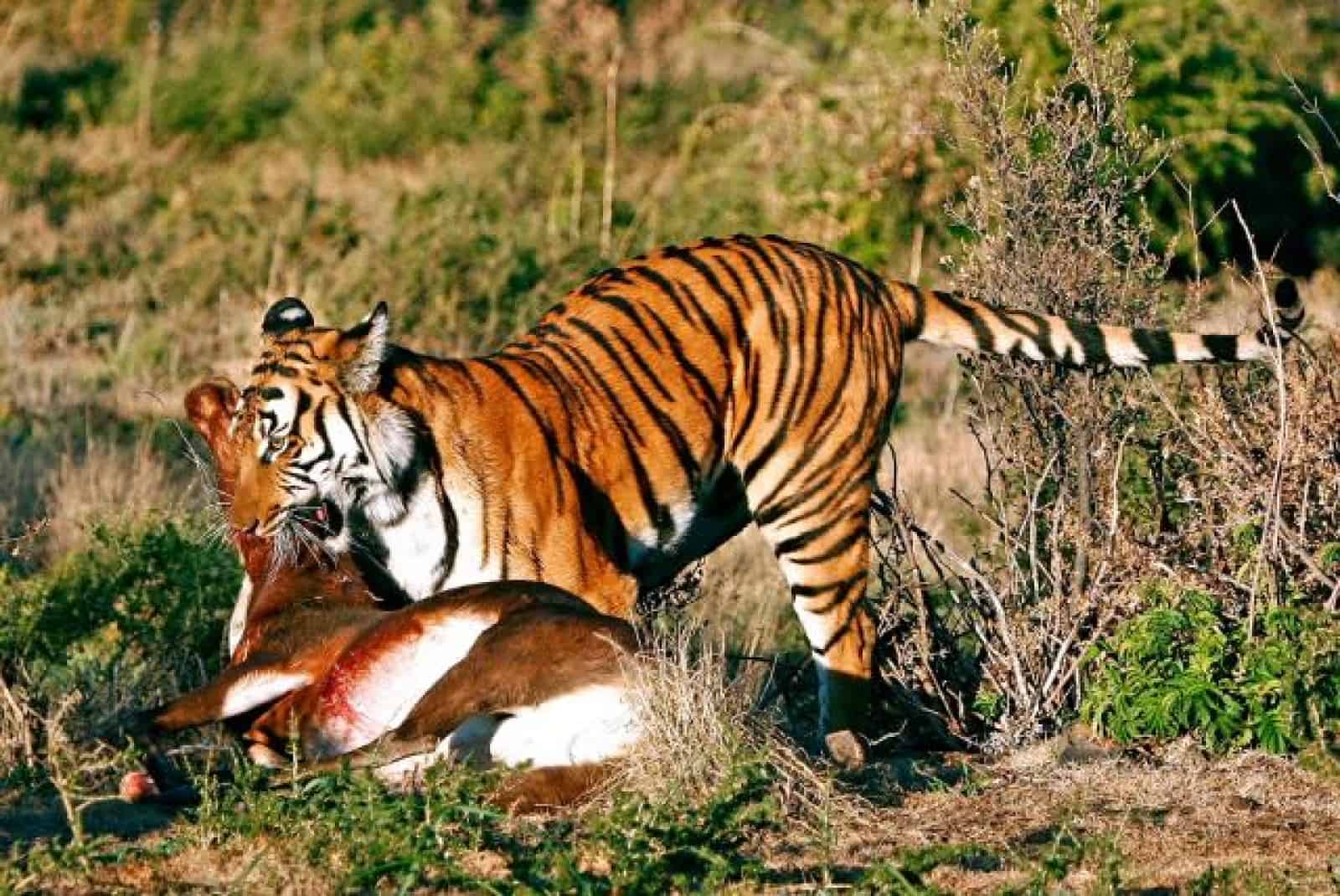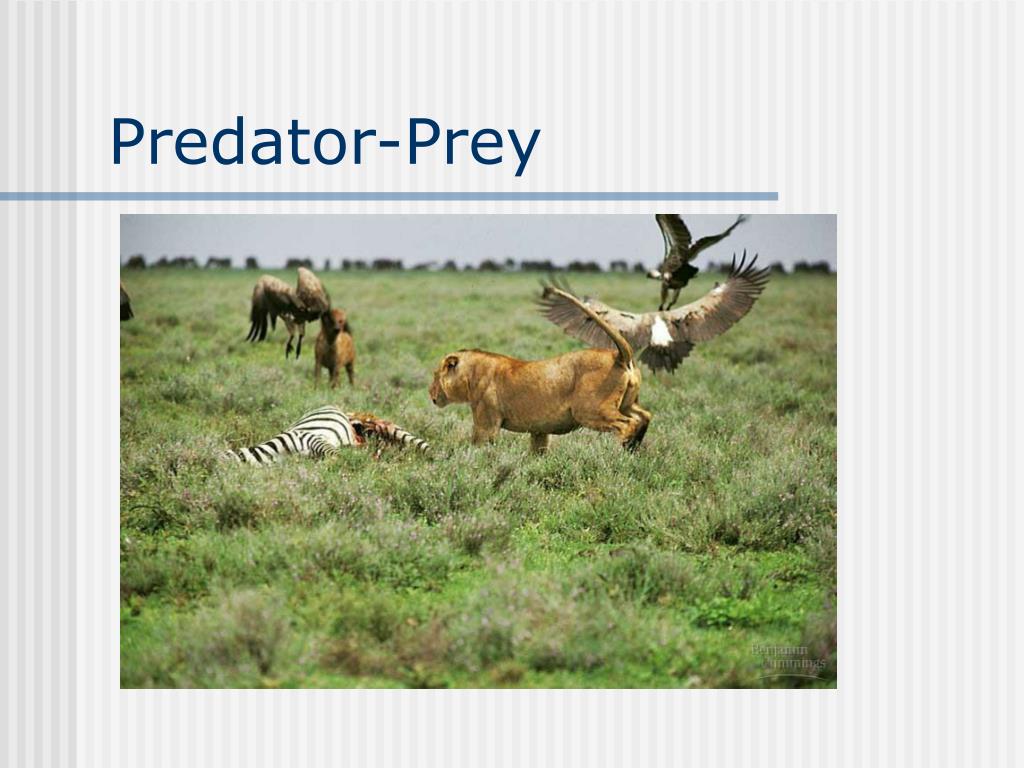

Then they impale the animal to both immobilize and kill it. A kangaroo rat impaled on a mesquite tree. So shrikes grasp prey in their hooked beaks and fly it to the nearest pointy object, like a cactus spike, branch, or barbed wire spike. And when you hunt prey almost as large as yourself, that’s a serious drawback. Shrikes might hunt like raptors, but they lack talons to pin their prey down. (Loggerheads will also hover-hunt, like kestrels, or flash their wing patches to startle prey out of hiding.) Northerns have a slightly pickier palate, tending to eat fewer reptiles.īoth species hunts like miniature raptors: they wait on an exposed perch and watch the ground below, diving down on their prey from above. They tend to eat more insects during the summer breeding season, and then add a little more variety in winter. Loggerheads will consume arthropods, amphibians, reptiles, small mammals, and even other birds. Photo © Danielle Brigida / Flickr Anyone Hungry for Shish Kebabs? Loggerhead shrike prey at Laguna Atascosa National Wildlife Refuge. They’re commonly seen along roads, searching for prey along the mowed strip of grass. Shrikes are also common near human development, where they inhabit agricultural fields, pastures, old orchards, riparian areas, golf courses, and even cemeteries. If it’s winter and you live in the north, it could be either species so get a closer look.īoth species live in open, brushy habitats like grasslands, prairies, desert scrub, and savannahs. If it’s winter and you live in the south, probably a loggerhead. Photo © John Sutton / Flickrįor birders living in the continental US, here’s the (very) quick rule of thumb: if it’s summer, you’re definitely seeing a loggerhead. (They venture a bit farther south in the western states, to around the Colorado-New Mexico border). In winter they migrate south, ranging through the northern half of the continental US. In the summer they breed in Alaska and farther northern Canada, where the tundra meets the taiga. Northern shrikes have, unsurprisingly, a more northerly range. (But not the mid-Atlantic or New England.) Loggerheads are found year-round in the bottom half of the continental United States, and in the summer they migrate north to the Rocky Mountain states and Midwest.

Photo © Mick Thompson / FlickrĪnother good way to tell the species apart is their range.

Note the narrow eye band that doesn’t extend over the eyes or above the bill. Photo © cuatrok77 / Flickr A northern shrike. (For more shrike ID tips, check out this guide from Audubon.) A loggerhead shrike.

Northerns have a slimmer band that narrows as it meets the bill, and does not cover top of bill or go over eye. Getting a good look at that band is key to telling the species apart: Loggerheads have a slightly chunkier body and a thicker band that covers the top of bill. Both birds also have prominent white wing patches that are visible in flight and a black band through the eye. But which species? There are two types of shrike in North America, the loggerhead shrike and the northern shrike.īoth species are remarkably similar: they’re about the size of a robin, with a dark, hooked bill, grey body, and black-and-white wings. If you’ve ever come across a small animal impaled on a spike, odds are it was killed by a shrike. We dive into the fascinating story behind shrikes and their grisly table manners. Both species regularly impale prey - often still alive - on spikes, thorns, or barbed wire, and leave them there for days or weeks. Who killed them? And why? As it turns out, this real-life murder mystery has a surprising avian culprit: the shrike.Īlso known as butcherbirds, loggerhead and northern shrikes leave a culinary horror show in their wake. A few meters away, a dead bee protrudes from another twist of metal. The desiccated lizard hangs lifeless on fence, impaled through the gut on a barbed-wire spike.


 0 kommentar(er)
0 kommentar(er)
